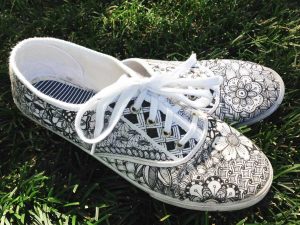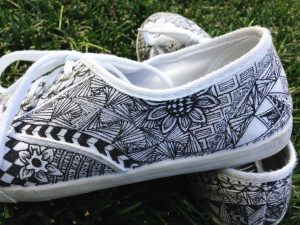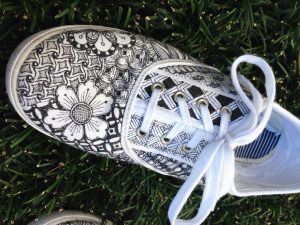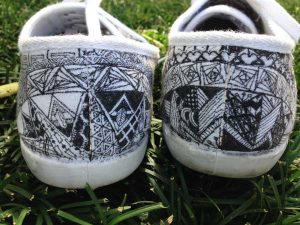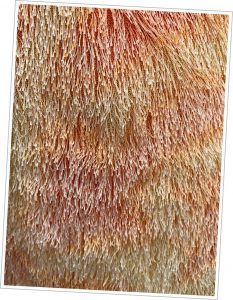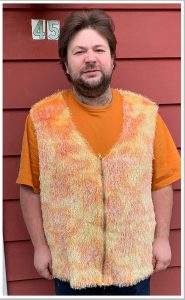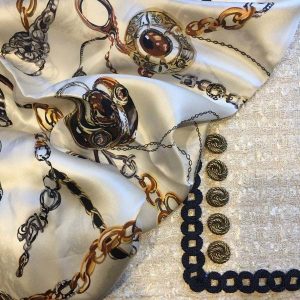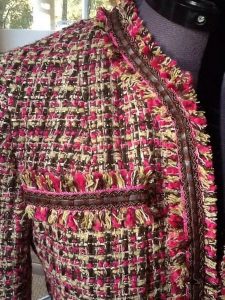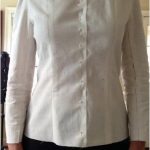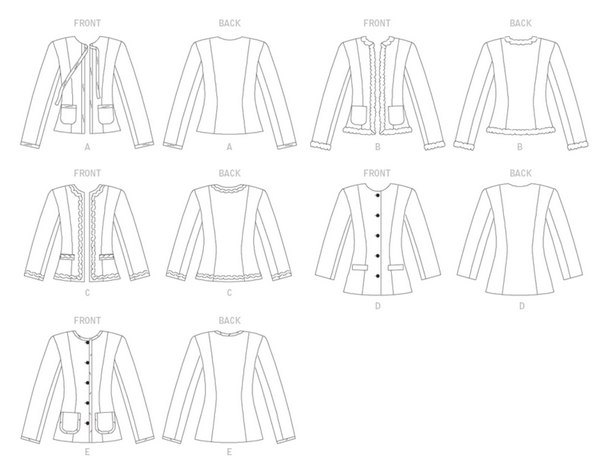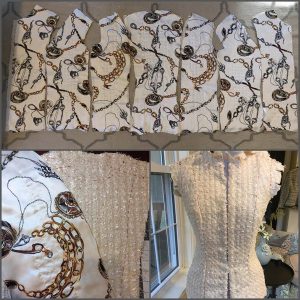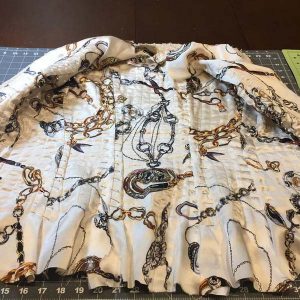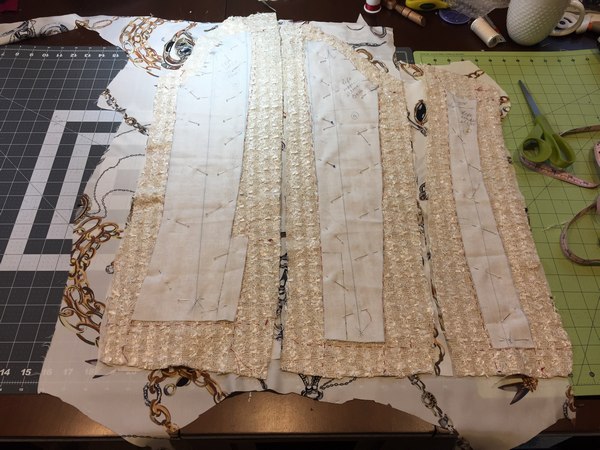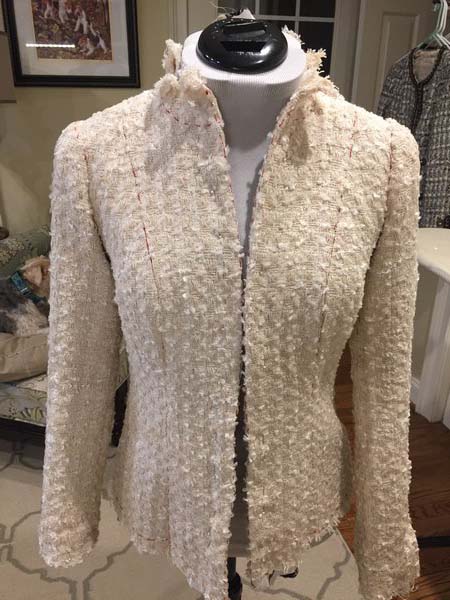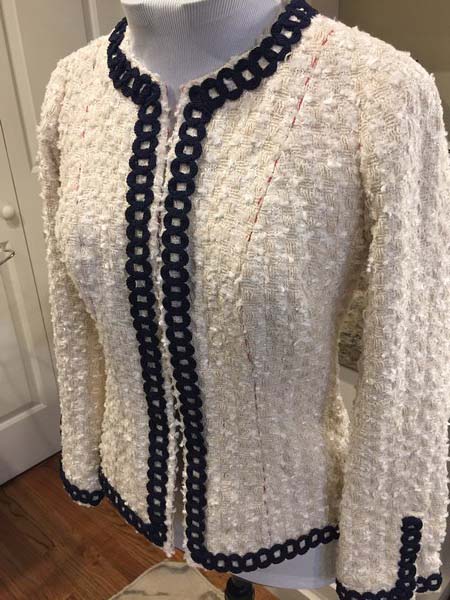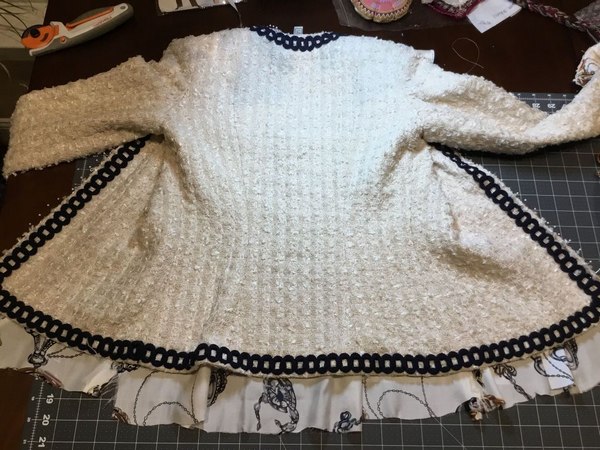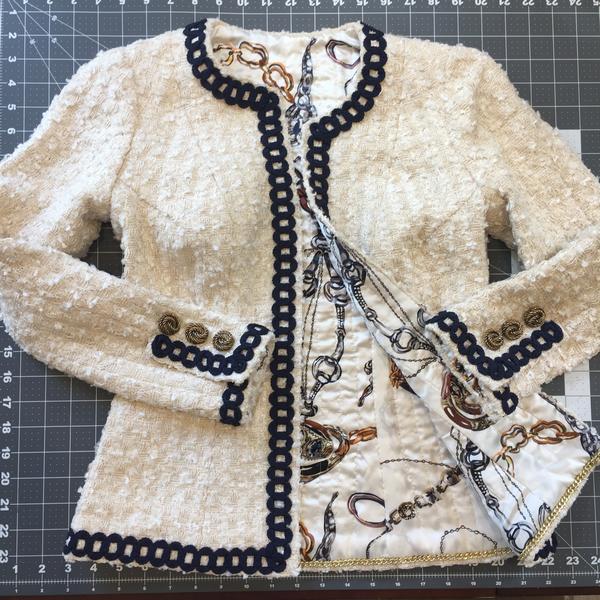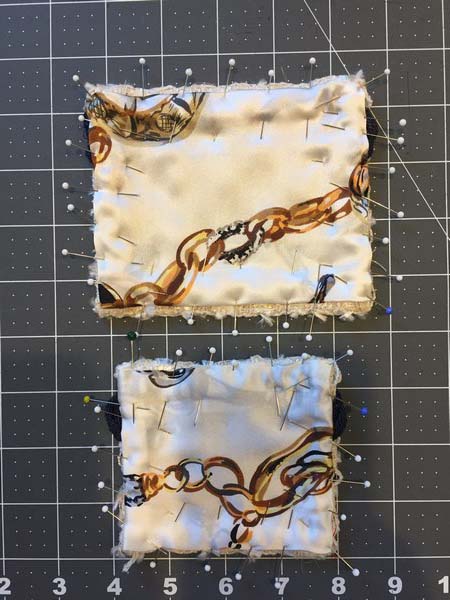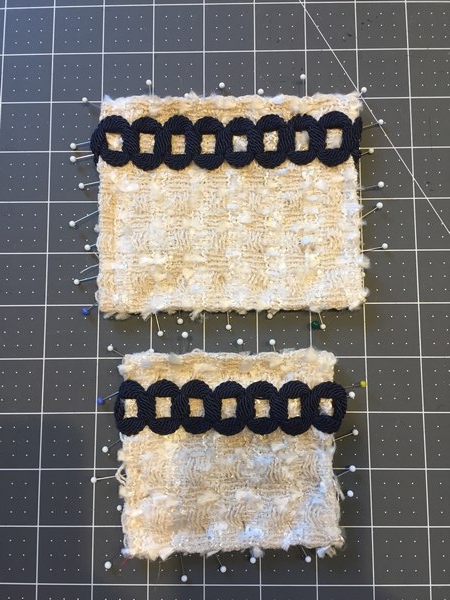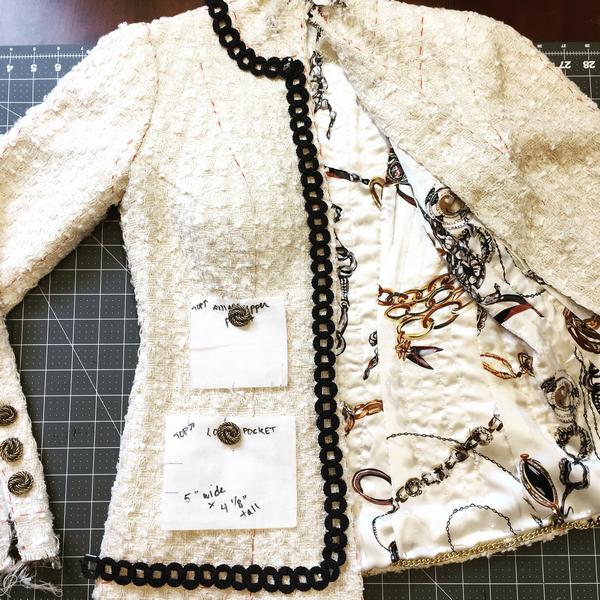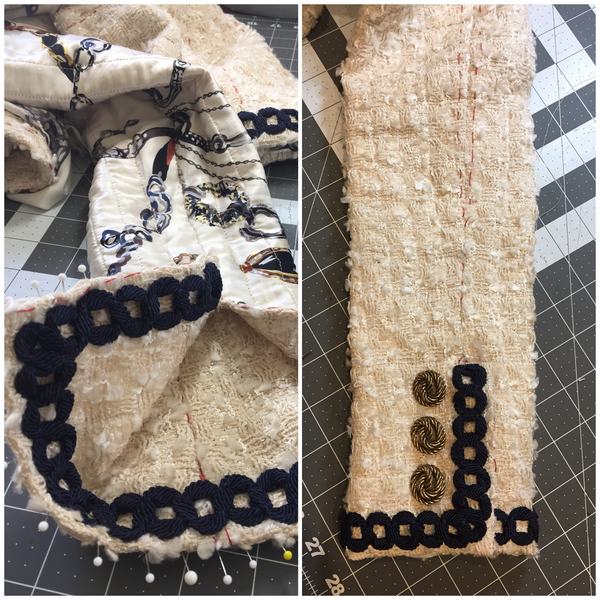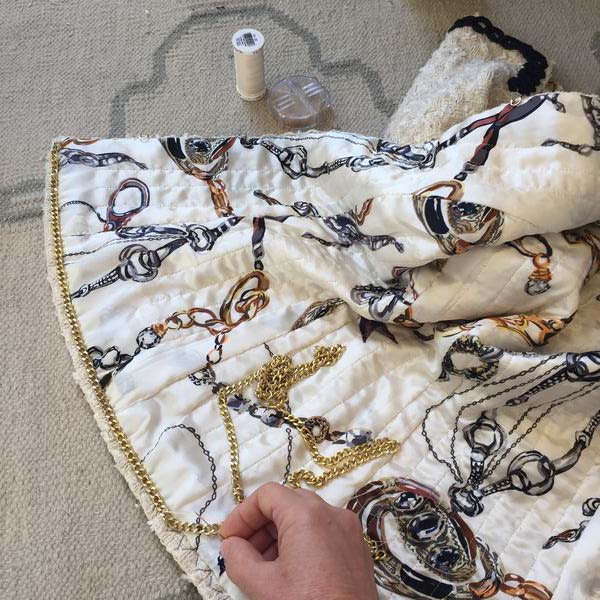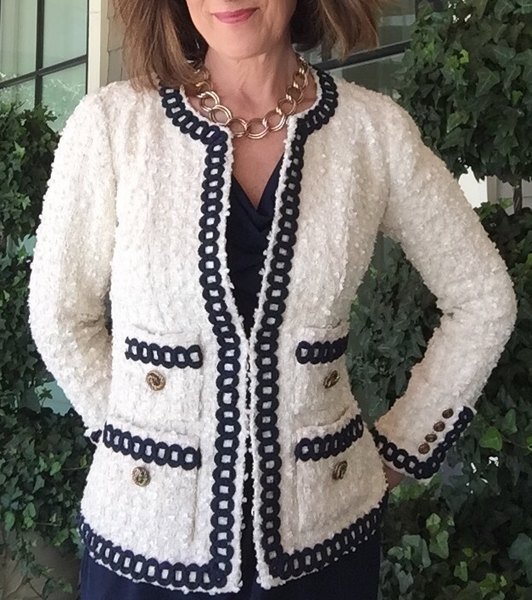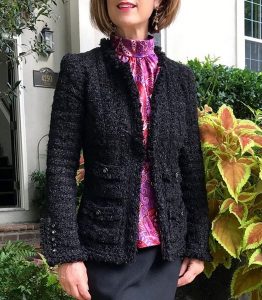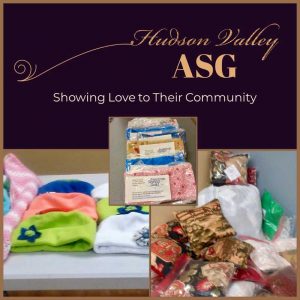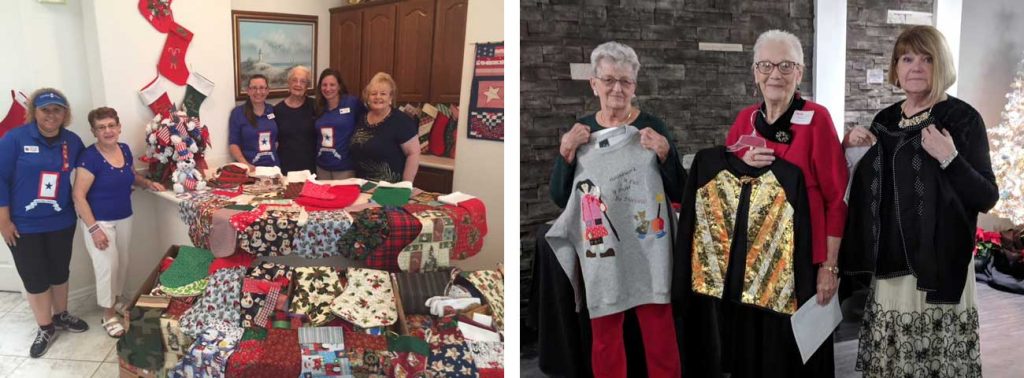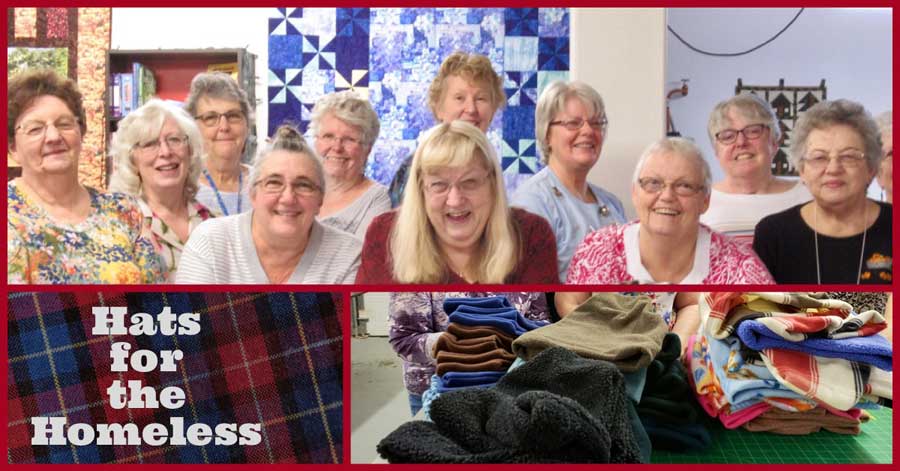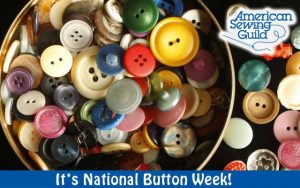 This is my week! It’s National Button Week and I love buttons. I REALLY love buttons. In honor of this auspicious week, I want to tell you a story about the buttons I have loved. Then I get to reveal an exciting new members-only discount. No peeking! You’ll have to wait until the end of the article!
This is my week! It’s National Button Week and I love buttons. I REALLY love buttons. In honor of this auspicious week, I want to tell you a story about the buttons I have loved. Then I get to reveal an exciting new members-only discount. No peeking! You’ll have to wait until the end of the article!
My fascination with buttons began when I was a child. My mother’s button box served as one of my favorite toys, second only to my Barbie doll. I remember sitting for hours sorting and exploring the beautiful buttons the large tin contained.
Button Bling
One of my favorites was a blue and green button that sparkled in the sunlight on a wool jacket she had made. Her philosophy was that the buttons made the garment, and today would be called the “bling” that made it special. I remember the “Life Saver” buttons that were the focus of my brown calico dress. No one noticed the dress, or the beautiful white Peter Pan collar. Instead everyone commented on the buttons, proving her point.
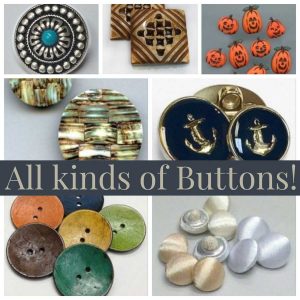 Playing with those buttons is one of my favorite childhood memories, so I was devastated when I returned home from college and found that the entire collection was gone. She had downsized. How could she just throw away all those beautiful buttons? What had become of them? These questions plagued me until I decided to do what any practical person who wanted to preserve her sanity would do. I started my own collection!
Playing with those buttons is one of my favorite childhood memories, so I was devastated when I returned home from college and found that the entire collection was gone. She had downsized. How could she just throw away all those beautiful buttons? What had become of them? These questions plagued me until I decided to do what any practical person who wanted to preserve her sanity would do. I started my own collection!
Having little money in those early days, I started out cutting buttons off old garments. Then gradually, I added to the collection by buying them. First it was just the ones on sale. Then it was any that attracted my attention.
Specialty Buttons
Now I have quite a collection. I have large buttons, and teeny, tiny buttons. I have completely round buttons, and flat buttons. I have some that say, “I love grandma” and others that say “Mood.” I have buttons that are pumpkins, skulls, snowmen, snowflakes, Christmas bulbs, cats, dogs, rabbits, cars, dice, gingerbread boys, fish, etc. I even have buttons that look like Olympic medals and police badges.
You may ask yourself, “Does she ever use these buttons?” The answer is yes—sometimes. I put the seashell buttons on a jacket. Some of the snowflakes reside on a sweatshirt along with snowmen that form a tic tac toe pattern with trims. And the pumpkins can be seen on one of my fall purses. And if you look closely, the next time we meet, you may just get a glimpse into part of my collection.
Special Offer for ASG Members
Now about that discount… We are excited to announce that Benno’s Buttons will offer all ASG members a 15% discount. You can find the discount code in the Member’s Only Special Offers section of our website. Benno’s Buttons has been a respected nationwide supplier of quality products and services to apparel designers and other industry professionals for many years. They offer so much more than just buttons! Check out their pin on buttons, lace, appliques, trim and more. You definitely want to check out the Benno’s Buttons website. And if you are shopping in the Dallas area, be sure to stop in to say hello and thank them for their generosity and support of American Sewing Guild.
~ Rosemary Fajgier; Individual button images from Benno’s Buttons






